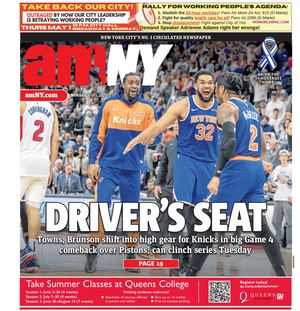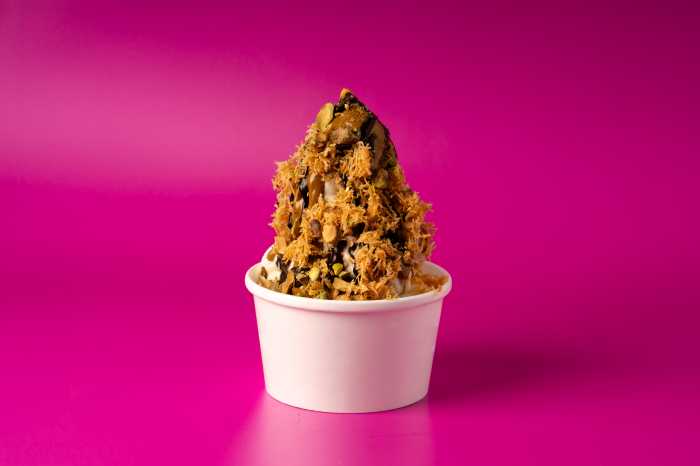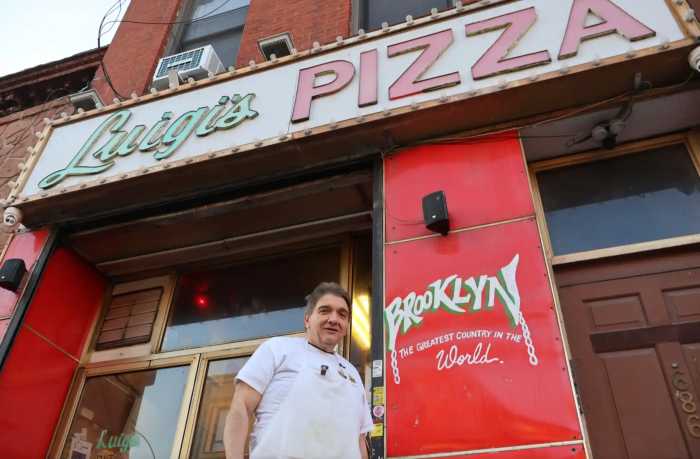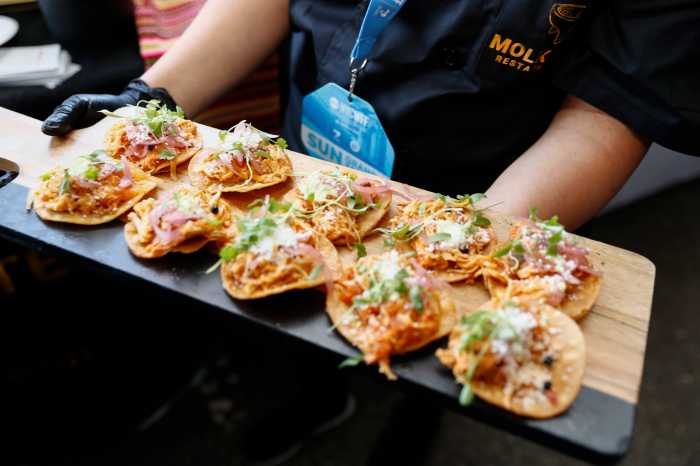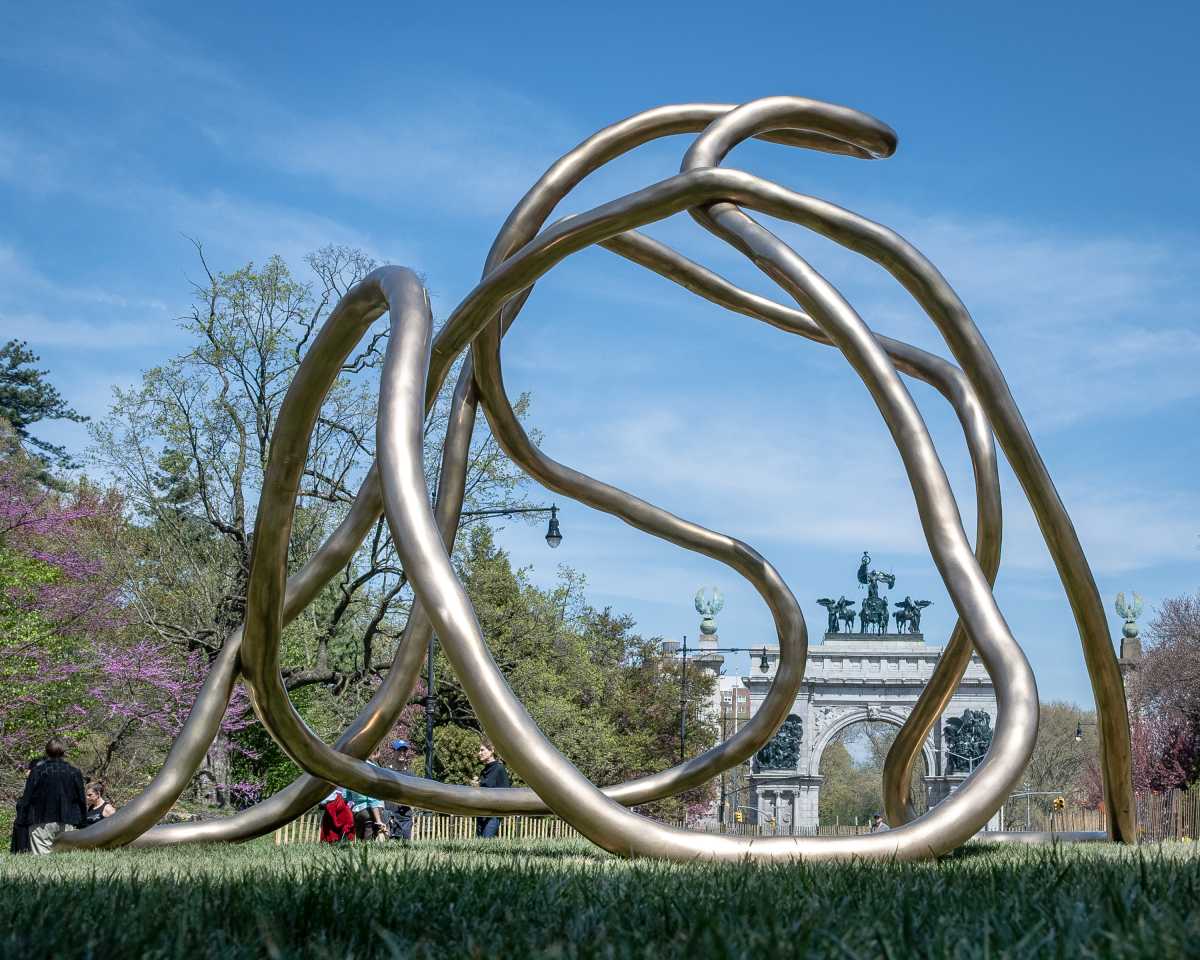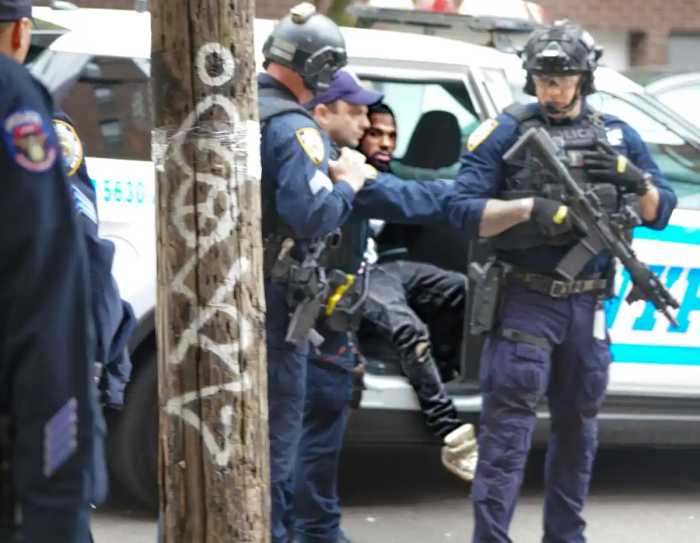
Your neighborhood dive bar has a colorful history and crazy-cheap prices, but these local haunts are being threatened by rising rents, gentrification and a changing culture when it comes to how we drink.
“The beauty of the dive bar is people come in there and engage with a community of people who are essentially strangers — they’re just there because of geography,” says Christine Sismondo, author of “America Walks into a Bar: A Spirited History of Taverns and Saloons, Speakeasies and Grog Shops.” “[But] I don’t think many people are calling each other and saying, ‘Let’s go meet for drinks at that really crappy place at the corner that looks sort of scary.'”
That’s not stopping a slew of businesses from trying to cash in on their nostalgic appeal. In July, a “Punk history and dive bar tour” trotted tourists around to a few of the most vaunted punk-rock spots around the East Village, and included a free whiskey tasting sponsored by Seagram’s. Also last month, Ray’s opened on the Lower East Side, a bar backed, in part, by actor Justin Theroux. The design of the sleek spot was inspired by New York dives: “a little western, with a little bit of rock ‘n’ roll,” the owners said in a news release. The bar is being promoted as “the Lower East Side’s diviest new dive bar,” which is enough to disqualify it as the real thing, says Danny DePamphilis, the general manager of Rudy’s in Hell’s Kitchen.
“People have tried to design a dive bar and they can’t — the elements a dive bar has are cheap drinks, dim lights, nothing fancy, sawdust on the floor. The one ingredient that you can’t add to the mix is time,” DePamphilis says. “When you walk into Rudy’s, you can feel that there’s a million stories, a million souls, a million things that happened in this place.”

DePamphilis has been the general manager of Rudy’s since 2005, and a bartender at the joint since the late ’80s. The restaurant business has its challenges, he says, and keeping a dive bar afloat is becoming increasingly difficult.
“Dive bars are a dying breed. Neighborhoods change. Businesses have a life span. There’s a million variables,” he says.
With $3 beers on the menu and often little else, it’s hard to meet the financial demands of even basic overhead costs. A New York liquor license costs $4,552.00 for two years, according to the New York State Liquor Authority. Then, factor in the hurdle of Manhattan retail rentals: space can cost anywhere from $157 per square foot in Harlem locales, to up to $3,900 per square foot in midtown, according to the Real Estate Board of New York’s Spring 2019 report.
Many bar owners are evaluating how much more of a future they have, Sismondo says.
“You start to see places unable to keep up with the rents that are being charged, and if you want to pay somebody a living wage in New York City, it’s hard to do that pushing low-margin beers across the counter,” the author says. “Everyone who owns the local is like, ‘Jeez, if I raise my prices one more dollar a drink, I’m going to lose my guys, the ones that come in every day.’”
Fortunately at Rudy’s, rent isn’t the issue: Rudy’s owner, Jack Ertl, has owned the building and the bar since the mid-’80s, DePamphilis says. But that hasn’t stopped plenty of real estate developers from trying to buy the place.

“Jack is 91 years old. He was drinking in Rudy’s when he was 16 — he’s been drinking there 75 years!” DePamphilis says. “And there isn’t a day that goes by that someone doesn’t ask him for an ungodly amount of money but he’ll never sell it. The bar has no price.”
What Rudy’s does have is a strong sense of community and a pledge from DePamphilis that prices will stay low and accessible to his long-standing customers.
“As a dive bar, we keep the prices low. It’s a working man’s bar and this neighborhood was always for the real blue-collar workers. We serve hot dogs but we don’t charge and we’ve been doing that for 30 years,” DePamphilis says. “Rudy’s is an anchor of the old Hell’s Kitchen. As far as Rudy’s going anywhere, it would be a disaster of monumental proportions for a lot of people. They just love this bar.”
The real value of these bars, Sismondo says, is the space they provide for locals who may not want — or have the means — to frequent more upscale spots.
“They were called the ‘poor man’s working club’ for a reason, and I think that dive bars present the possibility that you’re going to be drinking next to somebody that you’re never going to meet in any other circle,” Sismondo says. “That’s a really valuable place, and people need that. If you can’t afford to spend $16 on a cocktail, then you’ve been shut out of that space.”
DePamphilis says no one is better than anyone else inside his dive bar, and the diversity of his patrons is what makes Rudy’s such a beloved gathering place.
“You go into a dive bar and the whole world is in there. You meet people and exchange ideas, you experience another person’s experience,” DePamphilis says. “The whole world is in Rudy’s and they’re happy. Where else can that happen?”
Sismondo says she can’t imagine coming across a real dive bar 20 years from now, and their loss leaves a gap that’s only getting larger for those who see them as an extension of their community.
“People need to have some kind of community, and that’s a harder and harder commodity to find these days. Not everyone wants to go to a church, nobody really wants to go to the community center. Some people just want to go to the corner.”
Manhattan dives
Want a taste — or sip — of the real thing? These 4 Manhattan dives are still serving cheap drinks to the neighborhood locals who have frequented them for decades.
Jimmy’s Corner: Located in Times Square, Jimmy’s isn’t catering to the hordes of tourists scrambling to get to their 8 p.m. showtimes. Escape the fray with a $4 beer before schlepping back out into the midtown hustle. (140 W. 44th St.)
Lucy’s: Owned and run by the bar’s namesake bartender, Lucy’s has been an East Village fixture since 1981. Patrons can shoot pool while sipping on cans of PBR at the cash-only spot. (135 Avenue A)
Marie’s Crisis: Sismondo’s favorite hangout, the West Village basement bar features cheap drinks and a crowd belting out showtunes around the piano. The historic spot dates back to the 1850s and is a favorite with broadway singers. (59 Grove St., mariecrisis.us)
Rudy’s Bar & Grill: This Hell’s Kitchen spot calls itself “New York’s most famous dive bar.” The spot opened as a speakeasy in 1919, and has been serving alcohol (legally) since 1933. Come for the giant pig at the entrance and the $5 beer and shot special. (627 9th Ave., rudysbarnyc.com)
